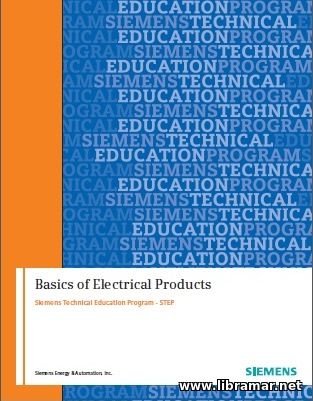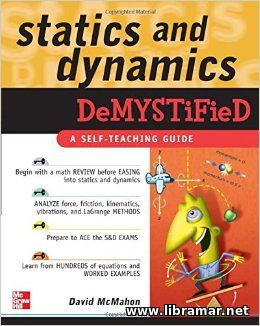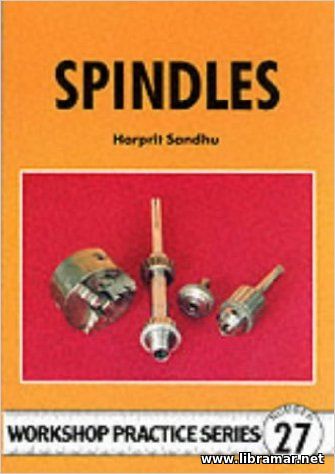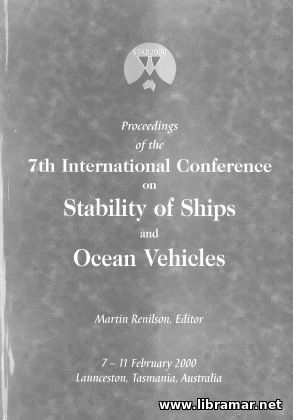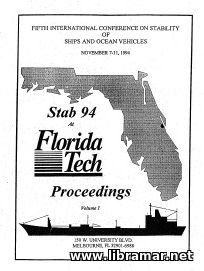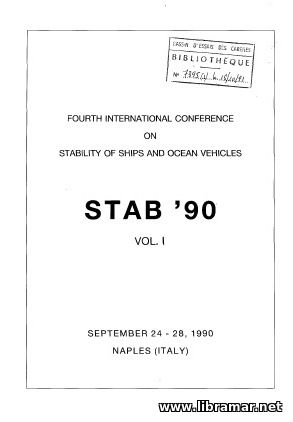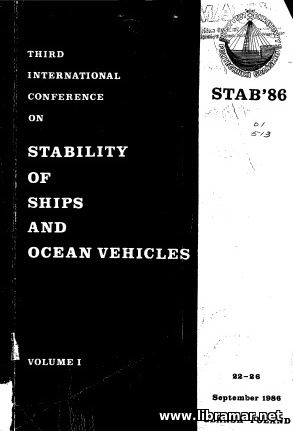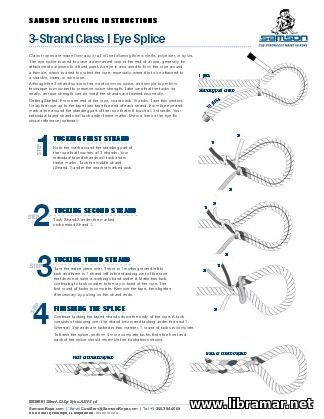
We recommend you to have a look into this big, nicely detailed and remarkably thorough instruction book - we are absolutely sure that its content will be found very useful and interesting to anyone willing to learn how to splice ropes. You will get to know how to do it in professional manner. The book covers a huge number of strands, eye splices, round plants, long splices, rope-to-chain connections.
One of the parts in this publication has been solely dedicated to the various tools that are commonly required for splicing. The book will be useful and practical not only for the mariners actually working on board ships but also to the people who just want to know how to make different types of splices, starting from the very simple splices and then proceeding to quite complex ones. The manual was prepared and officially released by SamsonRope company.
